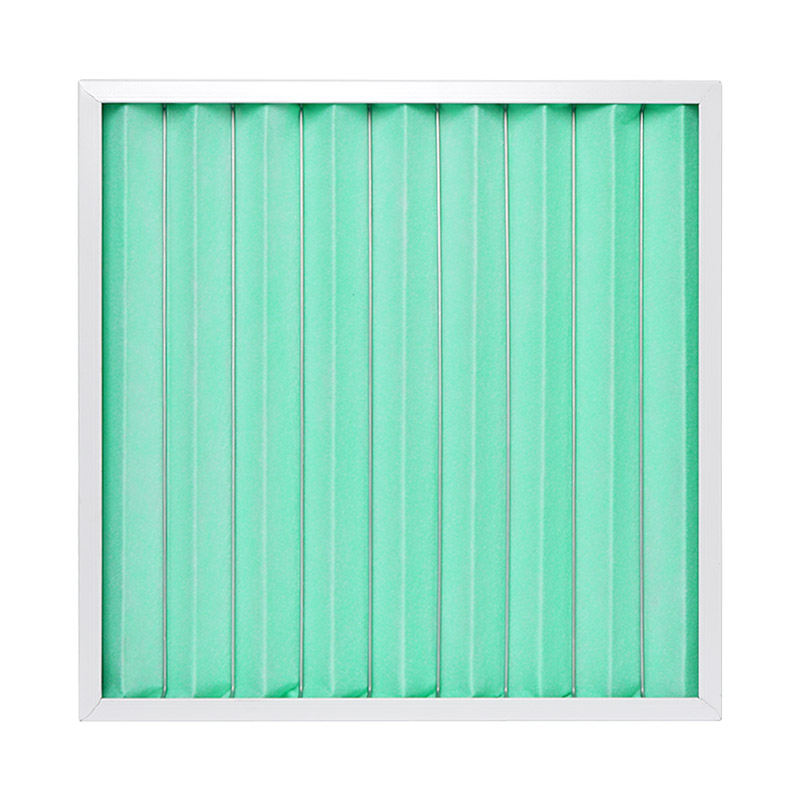Coarse Dust Filter: Comprehensive Guide
Introduction to Coarse Dust Filters
Coarse dust filters are essential components in various air filtration systems, designed to capture large particulate matter from air streams. These filters serve as the first line of defense in multi-stage filtration systems, protecting more sensitive downstream components from premature clogging or damage. With a typical particle capture range of 10-100 microns, coarse dust filters significantly improve air quality while maintaining optimal system performance.

Key Features with Technical Specifications
Filtration Efficiency
Coarse dust filters typically achieve 70-90% efficiency for particles larger than 50 microns, as measured by ASHRAE Standard 52.2. The exact efficiency depends on the filter media and design, with some high-performance models reaching up to 95% efficiency for 30-micron particles.
Pressure Drop Characteristics
These filters maintain a low initial pressure drop of 30-50 Pa (0.12-0.20 inches of water gauge) at rated airflow, increasing gradually as dust loading occurs. The maximum recommended pressure drop before replacement is typically 150-200 Pa.
Dust Holding Capacity
Standard coarse filters can retain 100-300 g/m² of dust before requiring replacement. Heavy-duty industrial versions may hold up to 500 g/m², significantly extending service intervals.
Temperature and Humidity Resistance
Most coarse dust filters operate effectively within a temperature range of -20°C to 80°C (-4°F to 176°F) and can withstand relative humidity levels up to 95% non-condensing.
Airflow Velocity
Optimal performance occurs at face velocities between 1.0-2.5 m/s (200-500 fpm), with maximum recommended velocities of 3.0 m/s (600 fpm) for most applications.
Primary Applications
HVAC Systems
In commercial and industrial HVAC systems, coarse dust filters protect heat exchangers and downstream filters from large particulate matter. They're particularly valuable in:
Air handling units serving 10,000-50,000 CFM
Make-up air systems for manufacturing facilities
Building ventilation in high-dust environments
Industrial Processes
Numerous manufacturing applications utilize coarse dust filters:
Woodworking dust collection systems handling 500-10,000 CFM
Metal grinding and machining operations
Food processing plants for bulk material handling
Power Generation
Gas turbine intake systems employ coarse filters to:
Protect compressor blades from erosion
Reduce fouling of heat recovery systems
Maintain turbine efficiency in 1-500 MW plants
Automotive Applications
Vehicle systems benefit from coarse filtration in:
Cabin air intake systems (capturing 80-90% of road dust)
Engine air intake pre-filters for off-road vehicles
Heavy equipment cooling system protection
Maintenance Procedures
Visual Inspection
Perform weekly inspections for:
Visible dust accumulation exceeding 50% coverage
Physical damage (tears, holes, or frame deformation)
Moisture contamination or microbial growth
Pressure Drop Monitoring
Install differential pressure gauges to track:
Initial clean pressure drop (establish baseline)
Progressive increase (replace at 2-3× initial ΔP)
Sudden pressure changes indicating bypass or failure
Cleaning Methods
For reusable coarse filters:
Mechanical Cleaning: Use compressed air at 30-50 psi from the clean side, holding nozzle 15-20 cm (6-8 inches) from media.
Liquid Cleaning: For washable filters, use mild detergent in 40°C (104°F) max water, rinse thoroughly, and air dry completely before reinstallation.
Replacement Guidelines
Disposable filters should be replaced when:
Pressure drop reaches manufacturer's limit (typically 150-200 Pa)
Visible damage compromises filtration effectiveness
After 3-6 months in continuous operation, regardless of condition
Storage Considerations
Proper filter storage involves:
Maintaining 10-30°C (50-86°F) temperature
Keeping relative humidity below 70%
Protecting from UV exposure and ozone sources
Stacking no more than 10 filters high to prevent deformation





